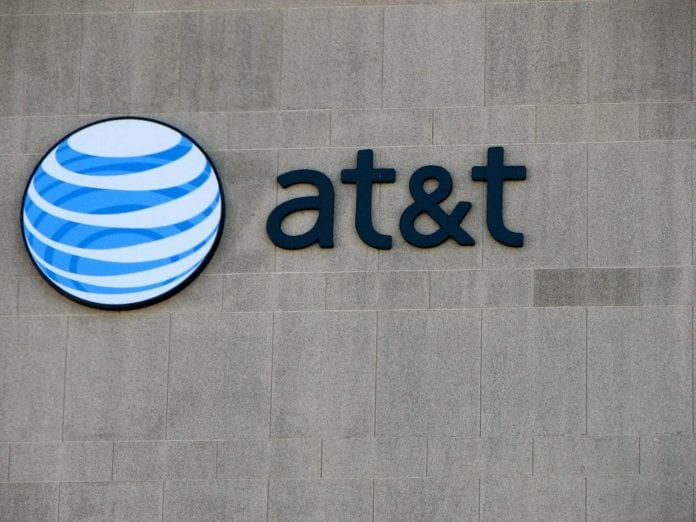Carrier’s service revenues were up 5.6% year-over-year, AT&T confirms that it already has live 5G SA
AT&T reported strong third-quarter results and said that its midband 5G spectrum roll-out is happening faster than expected. The carrier started off expecting to cover 70 million potential customers with C-Band spectrum in 2022, but it has bumped that number up twice now: First to 100 million, now to more than 130 million POPs.
That is due to a combination of being conservative on setting its expectations in case supply chain issues were a problem and good execution on network deployment plans, plus the performance of massive MIMO radios and better-than-expected propagation of C-Band spectrum, explained Chris Sambar, AT&T EVP of network technology, on a call with journalists this morning. He also confirmed that AT&T has a live 5G Standalone core which is already carrying traffic for commercial customers.
As it increases its coverage of potential customers, AT&T is seeing revenue growth driven by 5G plan and handset uptake. The carrier reported that its service revenues were at $15.3 billion for the quarter, up 5.6% year-over-year, while equipment revenues increased 7.2% driven by “increased sales and mix of higher-priced smartphones.”
As far as customer figures, AT&T reported:
-Postpaid net additions of 964,000, including 708,000 postpaid phone net adds, 26,000 postpaid tablets or other computing devices, and 230,000 “other” net adds.
-Prepaid phone net additions of 108,000, with prepaid churn at less than 3%, and Cricket-specific churn “substantially lower”.
-A FirstNet connection base of about 4 million across more than 23,000 agencies.
-IoT connections on the AT&T network have now reached more than 100 million, the carrier said, adding that it is the first U.S. carrier to hit that figure. AT&T noted that it has added more than 1 million connected cars to its network for 30 consecutive quarters.
“Our results show our strategy is resonating with customers as we continue to see robust levels of postpaid phone net adds and approach 1 million AT&T Fiber net adds for the year,” said AT&T CEO John Stankey. “Our disciplined go-to-market approach is helping drive healthy subscriber growth with high-quality customers. … We remain confident in our ability to achieve, or surpass, all our financial commitments for the year.”
Business wireline revenues were down 4.5% year-over-year on lower demand for legacy voice and data products, the operator reported, and its consumer wireline unit saw revenues grow 1.4% to $3.2 billion. But fiber fueled broadband revenues that were up 6.1%, although non-fiber revenues were down about 12%.
Asked about the carrier’s strategy on transitioning to 5G Standalone and its news earlier this week that it is implementing 5G SA regional cores to support edge computing, Sambar responded that AT&T hasn’t needed 5G SA initially, because “the use cases don’t exist, but they will. We already have customers who are asking us to develop them—in the connected car space, for example.
“We haven’t made a big splash about Standalone core, but we have a Standalone core deployed and we do have commercial users on it, and we’re slowly moving more commercial users onto it,” he confirmed. “We’re marching down the road on Standalone core just like everyone else is, and I think everyone is in the place where it needs to be well-distributed—we’ve already done that with Non-Standalone, because of the architecture we used there … so our Standalone core will follow in the same locations. A lot of the same infrastructure is being used for Non-Standalone that we’re going to move over to Standalone. And we’ll be ready. I think initially it’s going to be a lot of business use cases … and then it’ll move into the consumer use cases. I think that’s going to take a little time. I won’t pontificate on how long. But we will have a well-distributed Standlone core, which we’ve been in the process of doing with our [NSA] build-out, and we’ll be ready when the cosumer use cases come online, whatever those are.”

